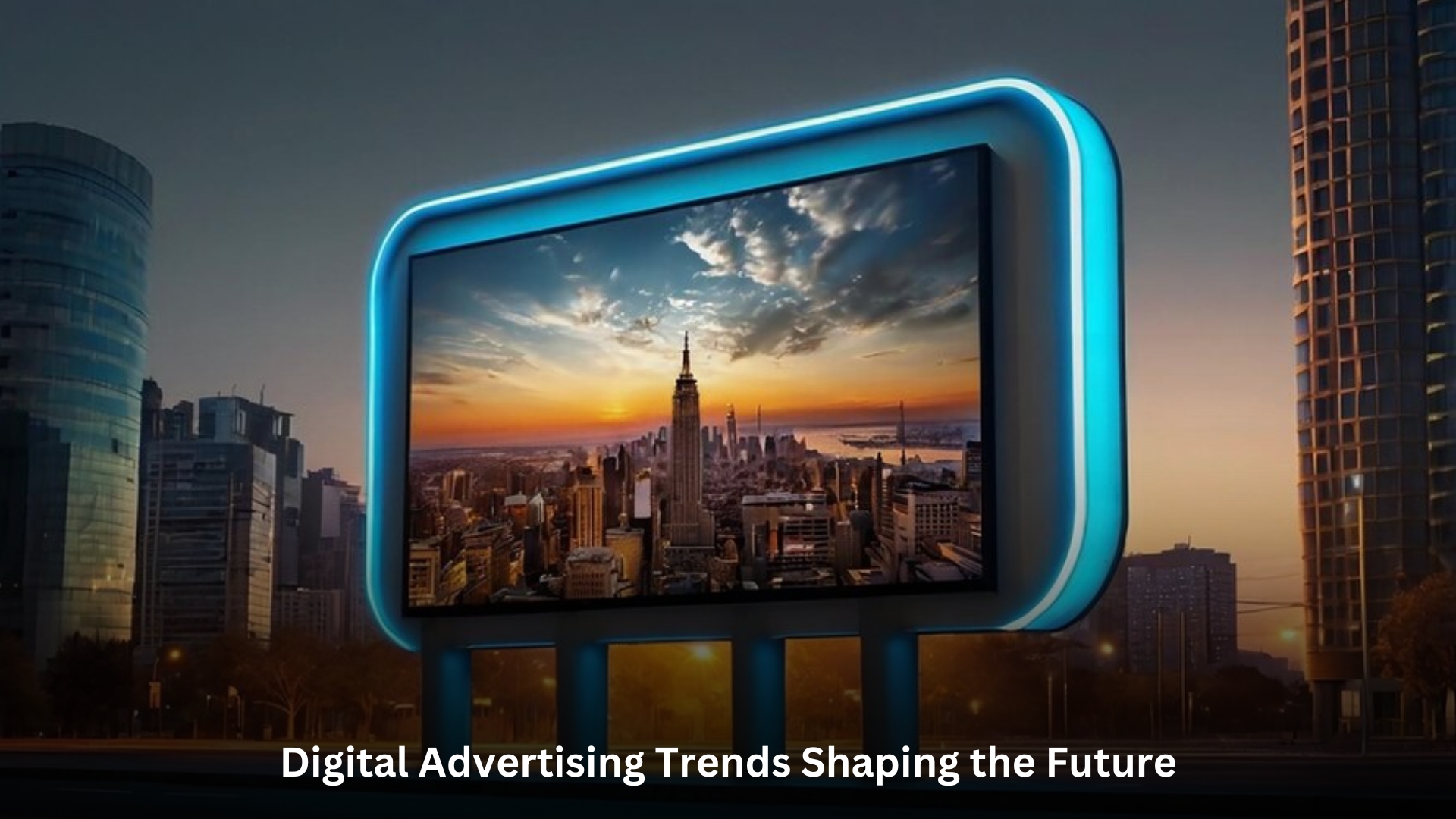
The world of advertising is in a constant state of flux, driven by the rapid evolution of technology and changing consumer behaviors. Traditional advertising methods, such as billboards and print ads, are being overshadowed by the dynamic and ever-expanding realm of digital advertising. In this blog, we’ll explore the exciting digital advertising trends that are shaping the future of the industry. From the rise of programmatic advertising to the impact of immersive technologies, we’ll delve into how advertisers are navigating this new landscape to engage audiences more effectively than ever before.
Programmatic advertising is revolutionizing the way digital advertising is bought and sold. Instead of manual negotiations and purchases, programmatic advertising relies on automated systems and algorithms to buy ad space in real time. This technology analyzes user data and behavior to deliver highly targeted and personalized ads to individual consumers.
Programmatic advertising offers several advantages, including:
Video advertising has exploded in popularity, becoming one of the most effective ways to engage audiences. With platforms like YouTube, TikTok, and social media networks prioritizing video content, advertisers are investing heavily in creating compelling video ads.
Key trends in video advertising include:
The mobile revolution has transformed the way people consume content, making mobile advertising a crucial component of any digital advertising strategy. Mobile-first advertising focuses on creating ads optimized for smartphones and tablets, ensuring a seamless user experience.
Mobile advertising trends include:
Virtual Reality and Augmented Reality are changing the advertising landscape by offering immersive, interactive experiences. VR immerses users in a digital advertising environment, while AR overlays digital content onto the real world. Both technologies provide unique opportunities for advertisers to engage audiences in new and exciting ways.
Examples of immersive advertising include:
Native advertising blends seamlessly with the surrounding content, making it less disruptive and more appealing to consumers. Unlike traditional banner ads, native ads match the look and feel of the platform they appear on, whether it’s a news article, social media feed, or a sponsored podcast.
The advantages of native advertising include:
Digital advertising is a constantly evolving field, and staying ahead of the curve is essential for advertisers looking to make an impact in today’s highly competitive landscape. From programmatic advertising and video content to mobile-first strategies and immersive technologies like VR and AR, the digital advertising trends shaping the future are focused on delivering more engaging, personalized, and seamless experiences to audiences. As brands and advertisers adapt to these trends, the key lies in striking a balance between innovation and relevance. Successful digital advertising campaigns will continue to be those that not only leverage cutting-edge technology but also resonate with consumers on a personal and emotional level. The future of advertising is exciting, and those who embrace these trends will be best positioned to reach and connect with their target audiences in meaningful ways.